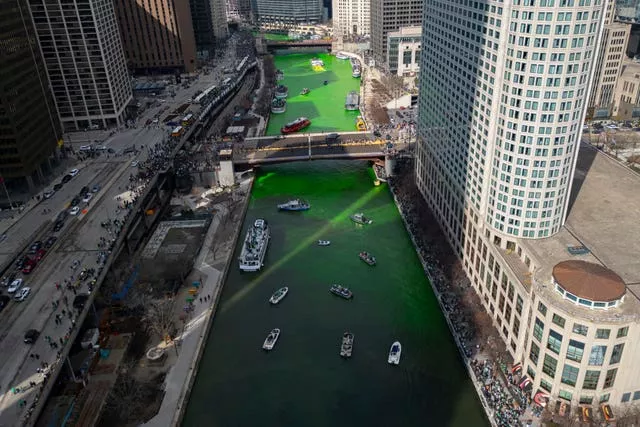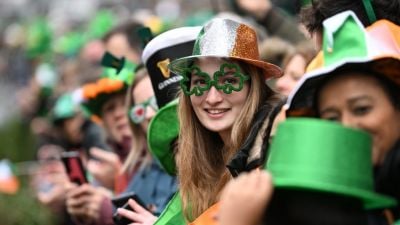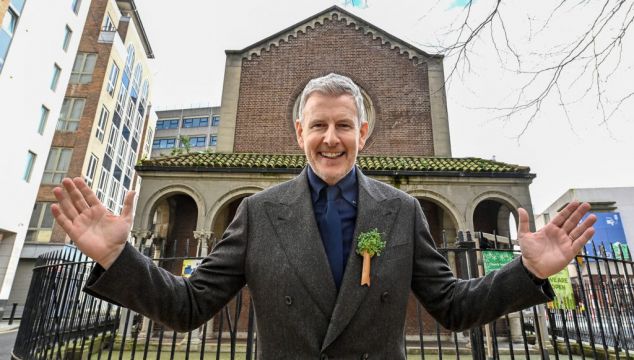Updated: 4pm
Tens of thousands of people lined the streets of Dublin to watch the annual St Patrick’s Day parade.
Attendees wearing shamrock-shaped sunglasses, Irish jerseys and leprechaun hats thronged the streets of the capital ahead of the parade’s midday start.
Visitors travelled from as far away as Bolivia, California and China to catch a glimpse of the vibrant spectacle.
Late Late Show presenter Patrick Kielty, the parade's grand marshal, described the day as “the biggest party in the world”.
More than 4,200 participants took part in the parade, which featured 18 performances and pageants.
In a new aspect, a ‘quiet space’ was set up near College Green for 1,000 neurodivergent people and their families, with sensory areas and reduced volumes.
There will be a number of road closures this weekend to facilitate the St Patrick's Day Parade throughout the City. Click here to view the full list of closures: https://t.co/kbB1tDFusZ pic.twitter.com/rZfT5ucBRY
— Dublin City Council (@DubCityCouncil) March 14, 2024
A Festival Quarter at Collins Barracks opened at midday, with music, food stalls and games for children.
Among the participants were a group examining the theme and the circular economy, a showpiece called ‘Dublin Seagulls’, as well as 14 marching bands from across Ireland, North America and France.
A popular celebration around the world, some parades were moved to Saturday in the US.

Kielty said that as a man called Patrick, who is from Downpatrick, Co Down, and who attended St Patrick’s School, he was “the proudest man in Ireland”.
The presenter said it was “a massive honour” to be the grand marshal, adding it was “emotional” for him.
“To be the Patrick at the front of this parade is one of the proudest moments of my life.”
He added: “I think St Patrick’s Day is so important to people because it gives us all a chance to share in something, it brings a lot of people together. I think sometimes here we maybe take it for granted.


“As someone who has lived abroad and knows what that day means to so many people who are longing for a connection to their lives back home, that’s what it’s about.
“Especially when you come from the North, growing up, St Patrick’s grave was at the Church of Ireland, basically everything that used to happen through some type of binary prism.
“The idea of we’re now in a position where we can actually share these things, I think that’s why today is so important.”







